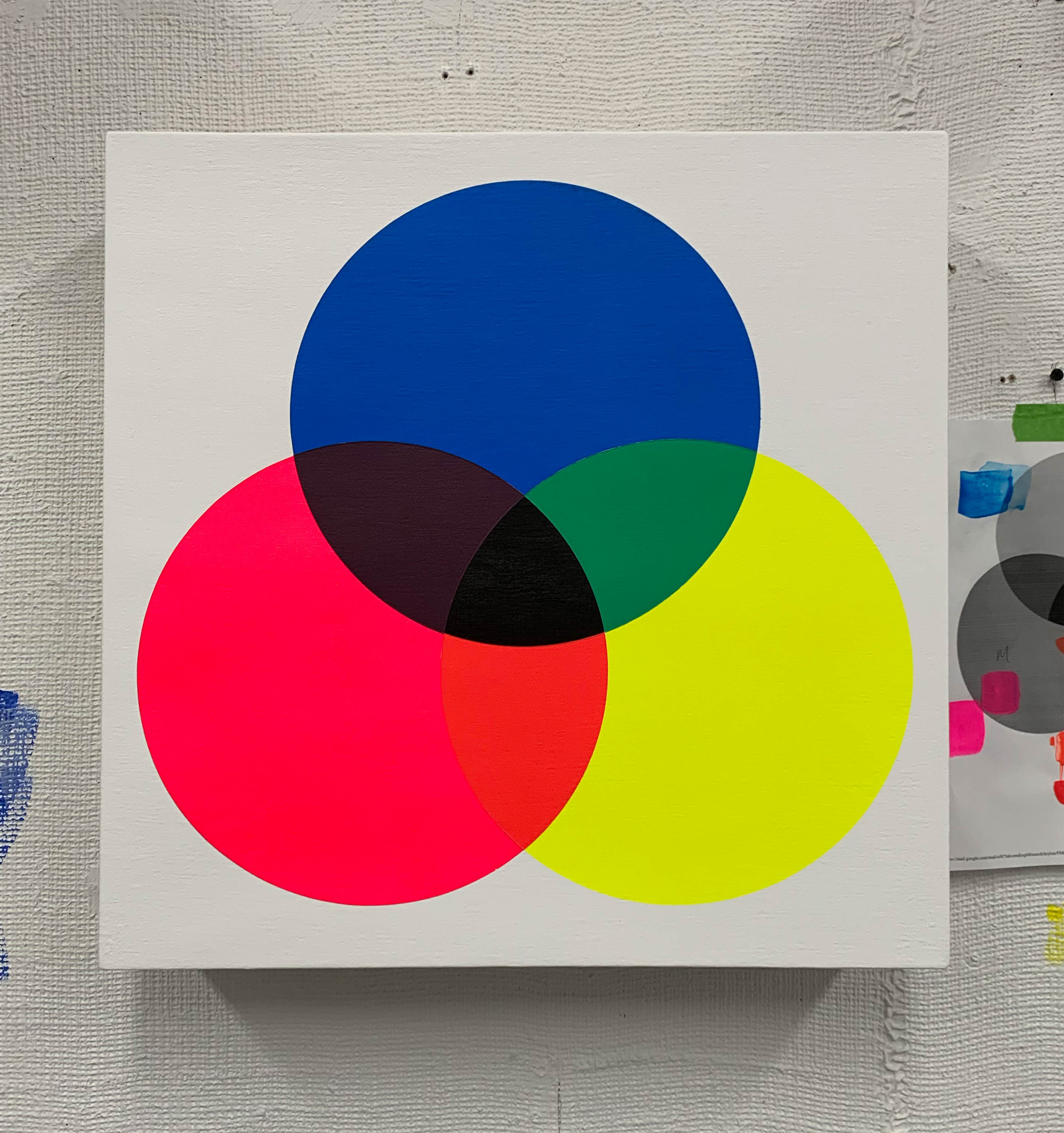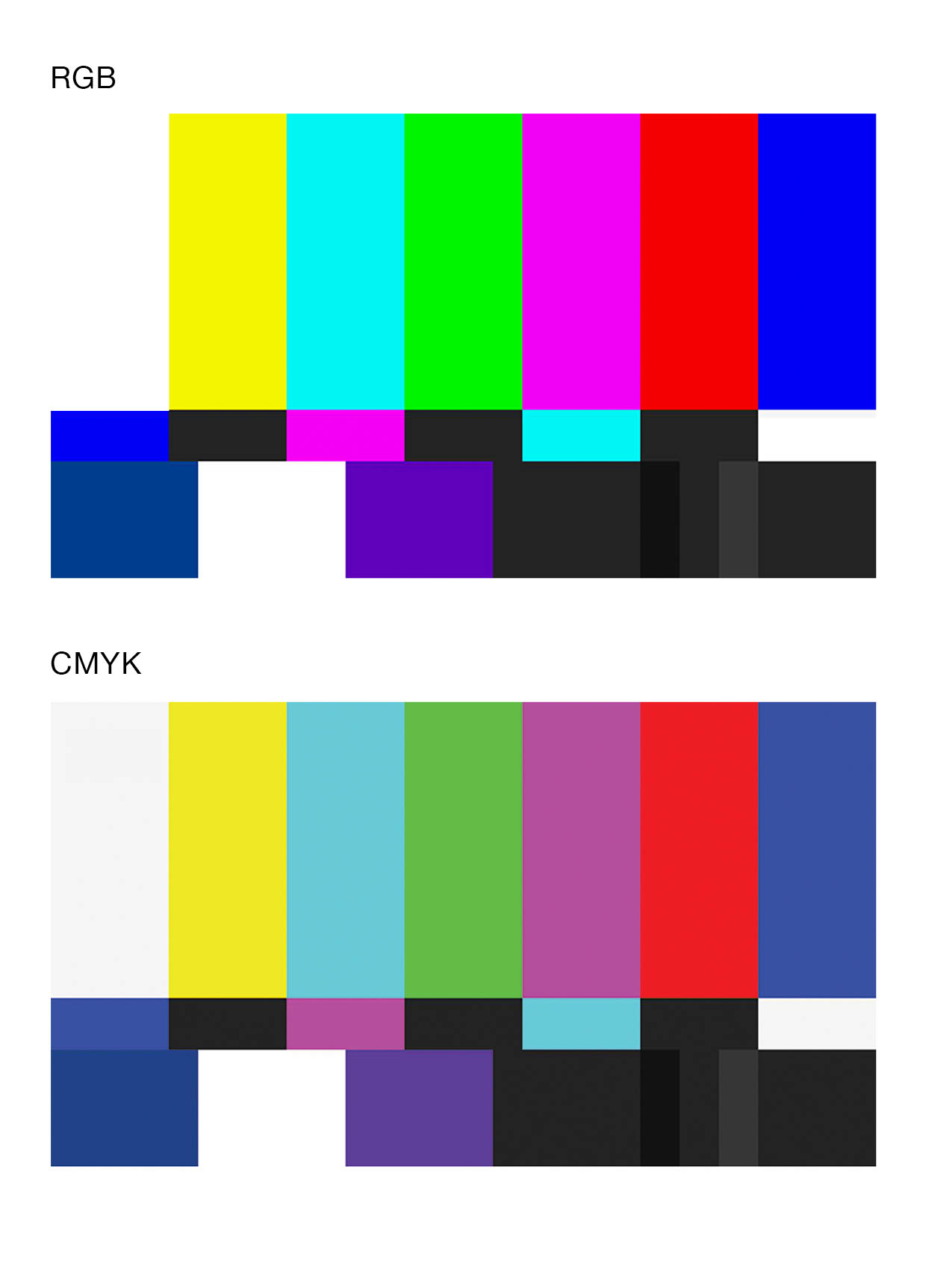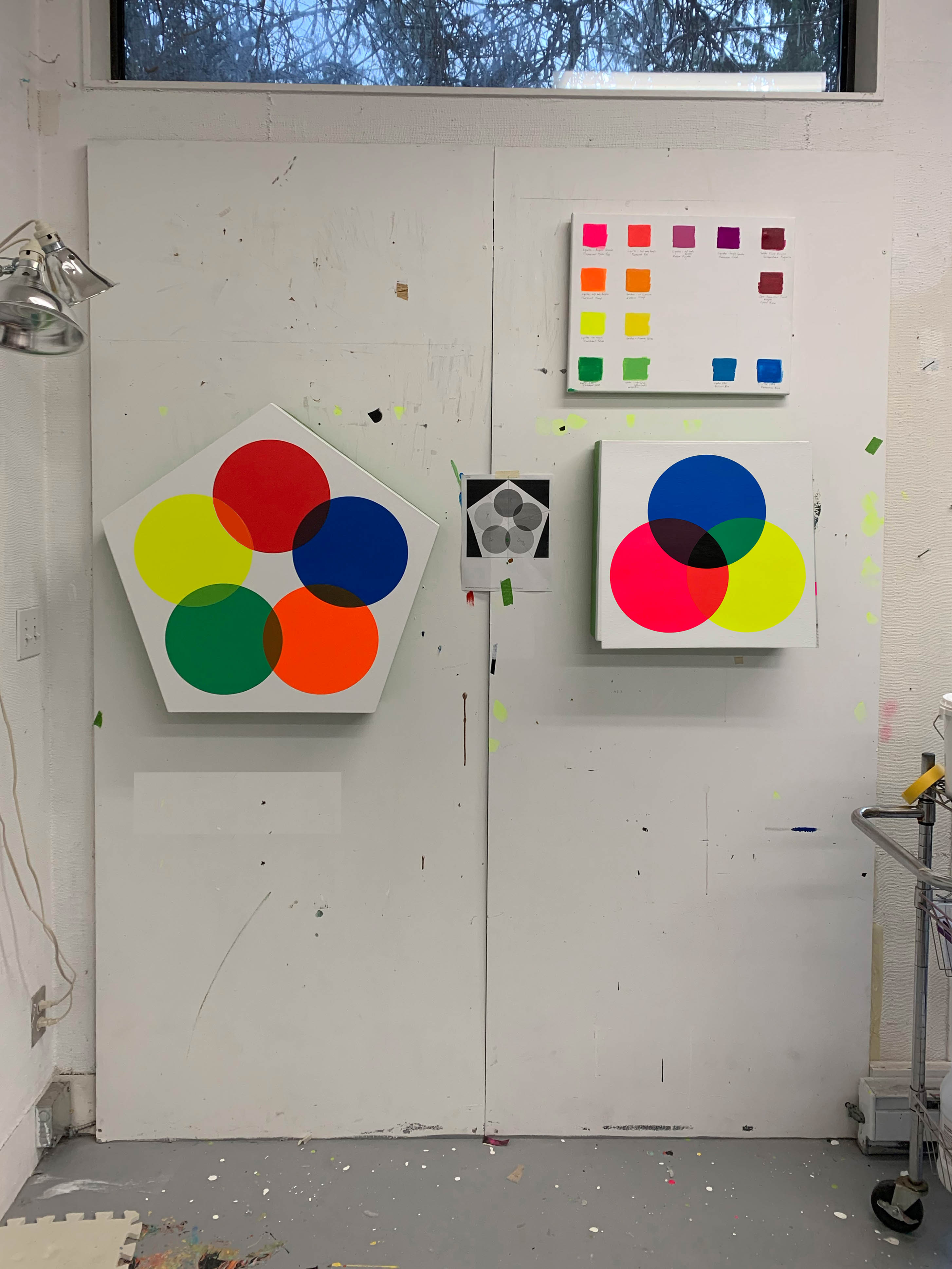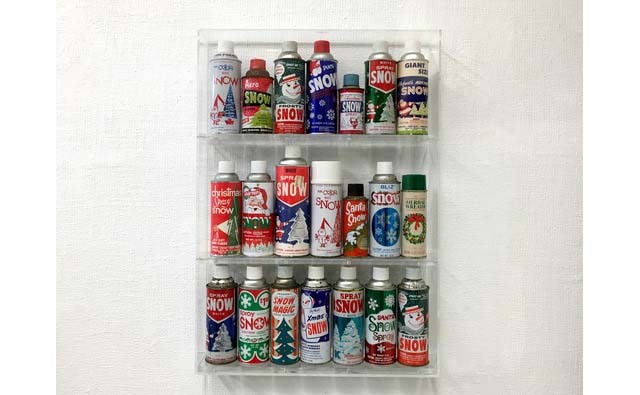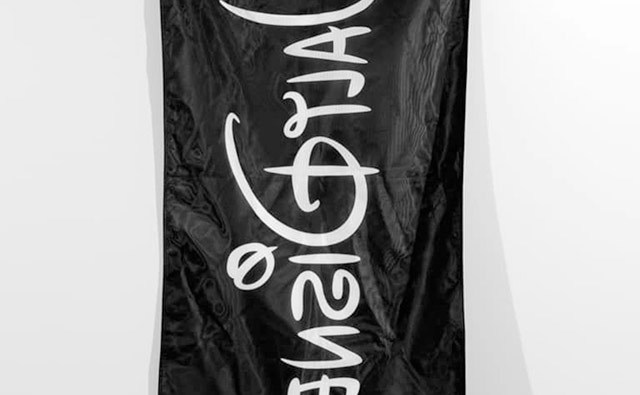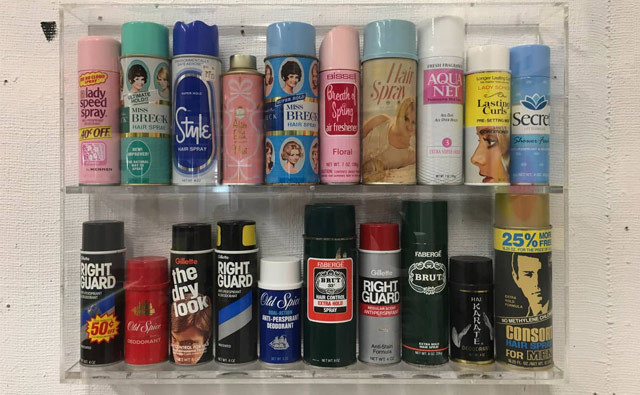Trinity (2020)
Douglas Coupland
Color has always been important to my work. As the years pass and new forms of imaging and reproduction come and go, we develop new ways of guaranteeing that the color we want in a creative work is the color we actually get. In recent years for me, this has boiled down to two color mode options in Photoshop (a program I use extensively every day): RGB and CMYK.
RGB = Red Green Blue
CMYK = Cyan Magenta Yellow Black
In general, RGB is used for any image you see on a screen, while CMYK is used for images to be printed onto paper. Oftentimes when you see a photo or drawing that looks off in a magazine it’s because someone printed out an RGB file without correcting for CMYK mode. Pink is especially vulnerable to this form of degradation. To see this, check the attached diagram, which shows what happens when you convert the TV color bars (i.e., the SMPTE color register) from RGB to CMYK—the colors essentially die.
There are many, many color systems in the world. If nothing else, think of the varied and complex color chip systems you see at Benjamin Moore, C-I-L, as well as in any other paint store on earth. Making colors harmonize can be very difficult, especially when you add digitality to the mix.
Color is often taboo in the art world. To some, it adds a layer of complexity to an image that can deflect a viewer away from an intended message. Extremists in this point of view are chromophobes. While I understand their point, I think they abnegate one of life’s greatest sensory joys: our complex mammalian vision. Trinity is a piece that celebrates color for the sake of color, and I might leave its meaning as simple as that. One of the photos here shows Trinity with a sister piece, Krylon, the logo of the Krylon paint company. In the end, I just like the place where Trinity takes my brain when I focus in on it in a good light. It goes beyond language into a realm of sensation that eclipses language—a place which is either primitive or numinous depending on who you may be. Either way, the piece can also serve as a wonderful portal into the rich art world tradition of color field painting up to the complex electronically colored works of James Turrell, or the sumptuous light installations of Olafur Eliasson, but that is another discussion.
Douglas Coupland

